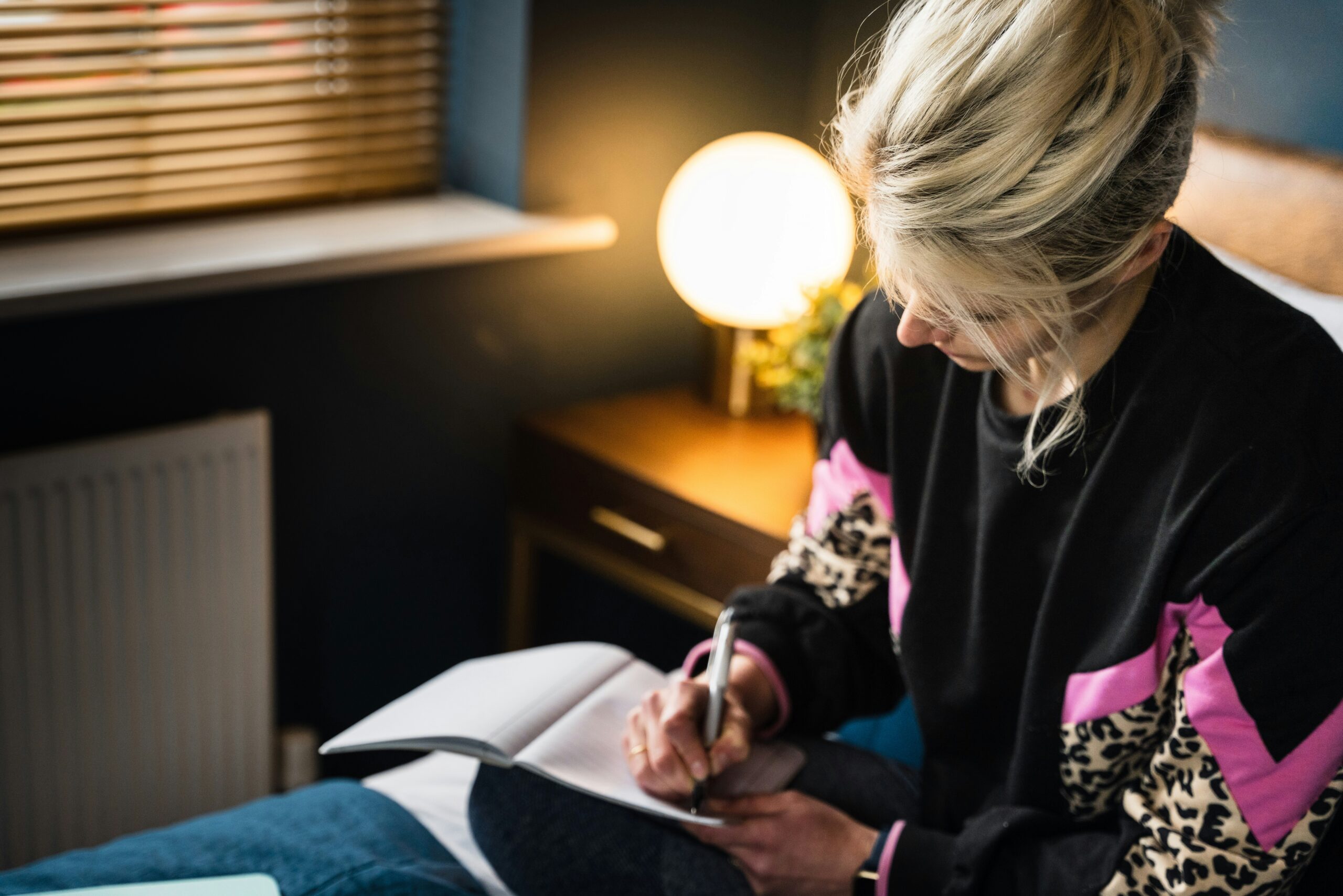I spent years looking at shoes, floors, and the space just past people’s shoulders.
Eye contact made my heart race. My mind would blank mid-sentence when someone looked directly at me.
With my friends, I’d do anything to avoid awkward eye contact. Walking down the street, I’d check my phone repeatedly.
Maybe you do this too.
The fear came from a simple place – I felt exposed. Like someone would see my insecurities, judge my thoughts, or notice my discomfort.
For many of us, avoiding eye contact becomes a habit. We think it protects us from judgment, rejection, or awkward moments.
The Psychology Behind Eye Contact
Our brains process eye contact differently than other visual information.
When you lock eyes with someone, your brain releases chemicals that create feelings of connection. Too little eye contact signals disinterest or dishonesty. Too much feels threatening or strange.
Most people find their comfort zone falls somewhere in between.
Eye contact shows confidence. It builds trust. It makes people feel heard.
But it also makes us feel vulnerable.
What Changed My Mind About Eye Contact
The psychology of eye contact always baffled me.
But my perspective shifted during an interview.
The interviewer maintained steady, comfortable eye contact throughout our conversation. I kept looking away, missing moments of connection. I felt uncomfortable and anxious during the whole time.
I left feeling disconnected, knowing I hadn’t shown my true capabilities.
As I was leaving the interview I decided that I have to master The Art Of Eye Contact. I was cocky I knew it. But I was so angry at myself that it didn’t matter.
I started treating it as a skill and not a threat.
Improve Your Eye contact
Here are some tips on how you can improve your eye contact :
Tip 1: Practice the 3-Second Rule
Start with brief moments of eye contact lasting 2-3 seconds.
This works for everyday interactions:
- When ordering coffee
- During team meetings
- In casual conversations with friends
The 3-second approach gives you a clear structure. It feels natural to both people and prevents staring.
Count silently in your head if needed.
Tip 2: Look Between the Eyes (If Direct Contact Feels Too Much)
Find the small space between someone’s eyebrows.
Focus there instead of directly into their eyes.
The other person can’t tell the difference, but you’ll feel less exposed while building confidence.
I used this technique for weeks before graduating to actual eye contact.
Tip 3: Start with People You Trust
Begin your practice with safe relationships:
- Family members
- Close friends
- Supportive coworkers
These low-risk interactions help build your eye contact muscles without pressure.
Each successful exchange builds your confidence for more challenging situations.
Tip 4: Mirror People Who Are Good at It
Watch how comfortable communicators handle eye contact:
- Notice when they look away
- See how they balance looking and listening
- Observe how they break contact naturally
I studied a friend of mine who everyone loved talking to. Her secret? Consistent but gentle eye contact with occasional glances away while thinking.
I copied her pattern and saw immediate results.
What Happened When I Got Comfortable With It
Small changes created big results.
People started treating me differently:
- Conversations became deeper
- People remembered what I said
- My ideas gained more traction in meetings
Let me share one short story with you.
My college crush—the one I’d watched from afar all semester—sat down right across from me. She smiled and asked about the book I was reading.
I don’t read books as often. But I told her I was reading ‘Atomic Habits’
We started talking about books. I acted as if I were the author.
We talked for 10 minutes, and I maintained eye contact for most of it.
Walking home, I realized something had changed. Eye contact hadn’t killed me. It had created a connection.
You Don’t Have to Stare — You Just Have to Try
Start with one interaction today.
Make eye contact with the next person who serves you coffee.
Hold it for three seconds.
That’s all.
Eye contact won’t fix everything, but it changes how people perceive you and how you see yourself.
The goal isn’t perfection. The goal is connection.
And that starts with a simple look.



